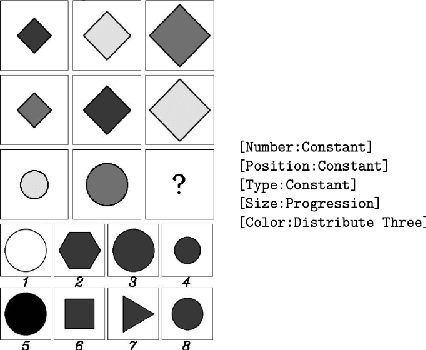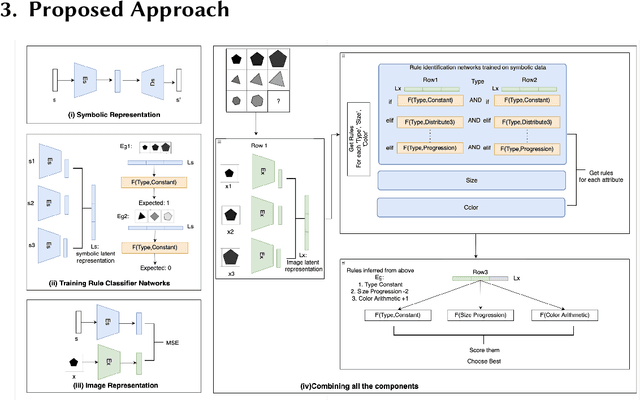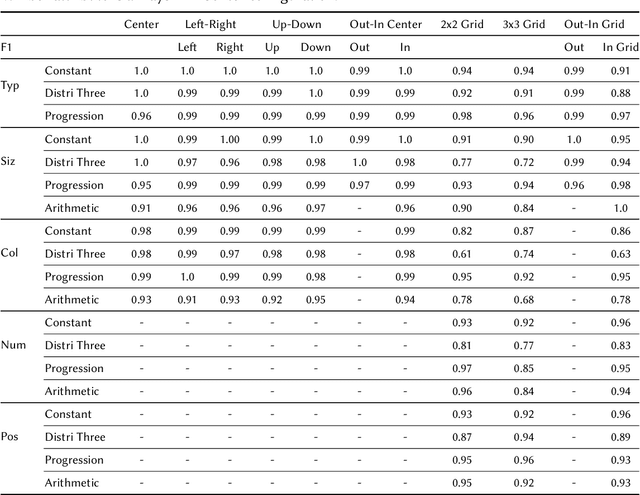Vishwa Shah
Calc-CMU at SemEval-2024 Task 7: Pre-Calc -- Learning to Use the Calculator Improves Numeracy in Language Models
Apr 26, 2024Abstract:Quantitative and numerical comprehension in language is an important task in many fields like education and finance, but still remains a challenging task for language models. While tool and calculator usage has shown to be helpful to improve mathematical reasoning in large pretrained decoder-only language models, this remains unexplored for smaller language models with encoders. In this paper, we propose Pre-Calc, a simple pre-finetuning objective of learning to use the calculator for both encoder-only and encoder-decoder architectures, formulated as a discriminative and generative task respectively. We pre-train BERT and RoBERTa for discriminative calculator use and Flan-T5 for generative calculator use on the MAWPS, SVAMP, and AsDiv-A datasets, which improves performance on downstream tasks that require numerical understanding. Our code and data are available at https://github.com/calc-cmu/pre-calc.
NORMAD: A Benchmark for Measuring the Cultural Adaptability of Large Language Models
Apr 18, 2024Abstract:The integration of Large Language Models (LLMs) into various global cultures fundamentally presents a cultural challenge: LLMs must navigate interactions, respect social norms, and avoid transgressing cultural boundaries. However, it is still unclear if LLMs can adapt their outputs to diverse cultural norms. Our study focuses on this aspect. We introduce NormAd, a novel dataset, which includes 2.6k stories that represent social and cultural norms from 75 countries, to assess the ability of LLMs to adapt to different granular levels of socio-cultural contexts such as the country of origin, its associated cultural values, and prevalent social norms. Our study reveals that LLMs struggle with cultural reasoning across all contextual granularities, showing stronger adaptability to English-centric cultures over those from the Global South. Even with explicit social norms, the top-performing model, Mistral-7b-Instruct, achieves only 81.8\% accuracy, lagging behind the 95.6\% achieved by humans. Evaluation on NormAd further reveals that LLMs struggle to adapt to stories involving gift-giving across cultures. Due to inherent agreement or sycophancy biases, LLMs find it considerably easier to assess the social acceptability of stories that adhere to cultural norms than those that deviate from them. Our benchmark measures the cultural adaptability (or lack thereof) of LLMs, emphasizing the potential to make these technologies more equitable and useful for global audiences.
Knowledge-based Analogical Reasoning in Neuro-symbolic Latent Spaces
Sep 19, 2022



Abstract:Analogical Reasoning problems challenge both connectionist and symbolic AI systems as these entail a combination of background knowledge, reasoning and pattern recognition. While symbolic systems ingest explicit domain knowledge and perform deductive reasoning, they are sensitive to noise and require inputs be mapped to preset symbolic features. Connectionist systems on the other hand can directly ingest rich input spaces such as images, text or speech and recognize pattern even with noisy inputs. However, connectionist models struggle to include explicit domain knowledge for deductive reasoning. In this paper, we propose a framework that combines the pattern recognition abilities of neural networks with symbolic reasoning and background knowledge for solving a class of Analogical Reasoning problems where the set of attributes and possible relations across them are known apriori. We take inspiration from the 'neural algorithmic reasoning' approach [DeepMind 2020] and use problem-specific background knowledge by (i) learning a distributed representation based on a symbolic model of the problem (ii) training neural-network transformations reflective of the relations involved in the problem and finally (iii) training a neural network encoder from images to the distributed representation in (i). These three elements enable us to perform search-based reasoning using neural networks as elementary functions manipulating distributed representations. We test this on visual analogy problems in RAVENs Progressive Matrices, and achieve accuracy competitive with human performance and, in certain cases, superior to initial end-to-end neural-network based approaches. While recent neural models trained at scale yield SOTA, our novel neuro-symbolic reasoning approach is a promising direction for this problem, and is arguably more general, especially for problems where domain knowledge is available.
Creative Invention Benchmark
May 09, 2018



Abstract:In this paper we present the Creative Invention Benchmark (CrIB), a 2000-problem benchmark for evaluating a particular facet of computational creativity. Specifically, we address combinational p-creativity, the creativity at play when someone combines existing knowledge to achieve a solution novel to that individual. We present generation strategies for the five problem categories of the benchmark and a set of initial baselines.
 Add to Chrome
Add to Chrome Add to Firefox
Add to Firefox Add to Edge
Add to Edge